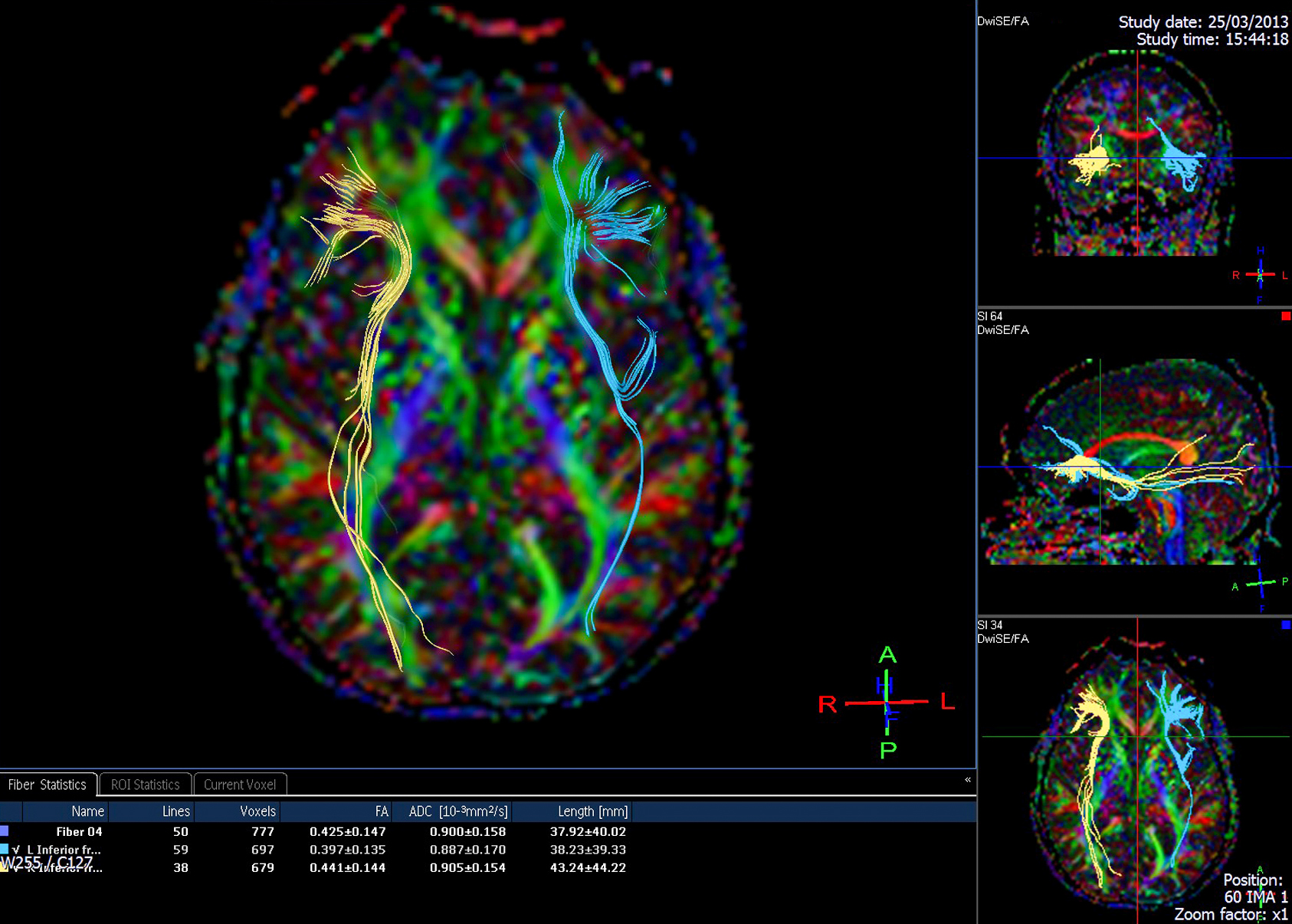As we grow older, our body naturally changes. Our physical appearance changes and our inner systems weaken with old age. An active or healthy lifestyle can often help combat aging; however, these are not long-term solutions. Some individuals will endure conditions or diseases that will accelerate the body’s aging process. One of those diseases is osteoporosis.
What is Osteoporosis?
Osteoporosis is a disease that contributes to an individual’s total bone loss. This disease causes bones to become brittle, increasing a victim’s risk of broken bones or damaging fractures. Typically, osteoporosis is not detected until a broken bone occurs. Otherwise, there are no early warnings.
Victims of the disease may not have had a severe bone injury to be diagnosed. In fact, osteoporosis is common among individuals aged 50 and older or in families that have seen a history of the disease. According to the U.S. National Library of Medicine, “Women over age 50 years and men over age 70 years have a higher risk for osteoporosis than younger women and men.” That being said, the disease is seen more often in women due to changing estrogen levels during and after menopause. Victims of osteoporosis can manage the disease with medication in the short term, but unfortunately, there are no known cures. The sooner osteoporosis can be detected, the sooner victims can start treatment.
How does a DEXA scan help identify Osteoporosis?
A DEXA, or dual-energy X-ray absorptiometry, scan be performed to measure one’s bone density or volume. The DEXA scan is easy, fast, and noninvasive. The machine uses a small dose of ionizing radiation to produce images of the body’s bone structure. The bone density results are then measured to determine whether osteoporosis or another bone thinning condition is present. Additionally, a DEXA scan can help uncover an individual’s susceptibility to bone fractures. Experts recommend individuals aged 50 and older should schedule routine DEXA scans.
Where are DEXA scans available in South Florida?
Windsor Imaging is home to a state-of-the-art DEXA machine: the GE Lunar DPX. Its compact, modern design was made to streamline a bone health assessment. This DEXA machine scans a patient’s hip, pelvis, and spine; and it measures the volume of bone minerals. Patients can lay down comfortably on the DEXA machine while the scan is active.
Windsor Imaging has offered patients the best diagnostic imaging technology can offer since 2003. Each of our South Florida locations are constantly researching and seeking out the latest imaging technology that focuses on reducing patient risk while improving the patient examination experience. At our three centers, patients receive the experience they know they can trust. We know medical exams are intimate and delicate. That is why we go the extra mile to emphasize personal attention to each and every patient.
Regardless of the diagnostic imaging service you need, Windsor Imaging can safely help you. For more information, contact our expert team today.


